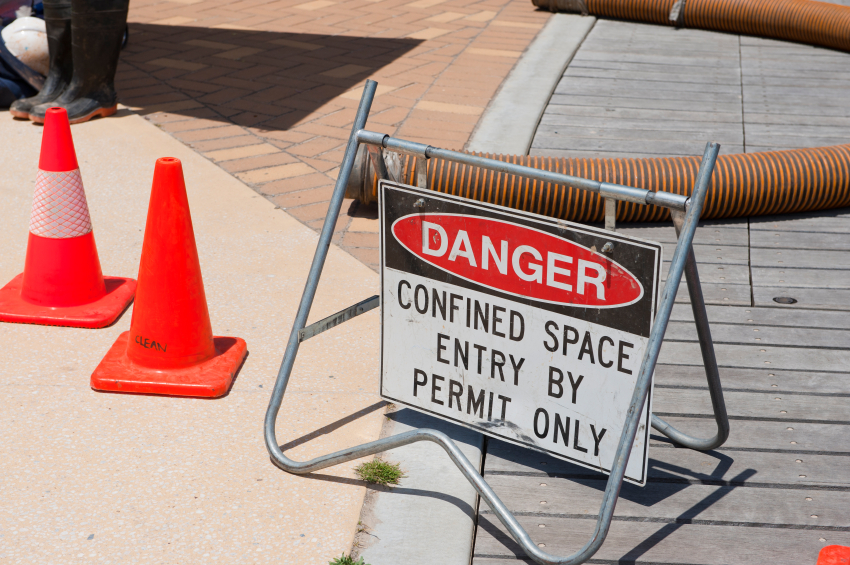
|
The rule adds a new Subpart AA to OSHA’s construction standards, found in 29 CFR Part 1926. The new subpart replaces OSHA’s previous training requirement for confined space work with a comprehensive standard that includes a permit program designed to protect employees from exposure to many hazards associated with work in confined spaces, including atmospheric and physical hazards. OSHA estimates that the new rule will save lives and prevent about 800 serious injuries each year.
Five Key Differences
The new rule is similar to the general industry rule but not exactly the same. OSHA has identified five key differences between the general industry standard and the new construction standard. These differences affect:
Multiemployer worksites. The new standard has more detailed provisions than the general industry standard for multiemployer worksites. It requires coordinated activities when there are multiple employers at the worksite.
- The controlling contractor, not the host employer, is the primary point of contact for information about permit spaces at the worksite under the new standard. The controlling contractor is also responsible for making sure employers outside a space know not to create hazards in the space and that entry employers working in a space at the same time do not create hazards for one another’s workers.
Your one-stop safety management resource, available 24/7. Go here to take a no-cost site tour or here to try it in your own office!
- The host employer must provide information it has about permit spaces at the worksite to the controlling contractor, who then passes it on to the employers whose employees will enter the spaces (entry employers).
- Entry employers must give the controlling contractor information about their entry program and hazards they encounter in the space, so that the controlling contractor can pass that information on to other entry employers and back to the host.
Site evaluation and identification of confined spaces. Before work begins, a competent person (someone who is qualified to identify hazards and authorized to correct them promptly) must evaluate the worksite and identify confined spaces, including permit spaces.
Atmospheric monitoring. Employers must continuously monitor atmospheric hazards unless equipment for continuously monitoring a hazard is not commercially available. If continuous monitoring is not used, periodic monitoring is required.
Great news! BLR’s renowned Safety.BLR.com® website now has even more time-saving features. Take our no-cost site tour! Or better yet, try it at no cost or obligation for a full 2 weeks.
Engulfment hazards. Employers must continuously monitor nonisolated engulfment hazards. For example, workers in a storm sewer may be exposed to the hazard of a flash flood upstream. An electronic or human monitor must be available to alert workers in the space at the first sign of the hazard, giving them time to evacuate the space safely.
Changing entry conditions. In the event that entry conditions change from those listed on the permit, or should an unexpected event require evacuation of the space, the new standard allows for the suspension of the entry permit rather than cancellation. The space must be returned to the entry conditions listed on the permit before reentry.
Tune in tomorrow for three requirements that have been carried over from the general industry standard but clarified in the new construction standard.

It is interesting that “competent person” is being used in this standard. Previously, the only place you see that term used for confined space is in the EM-385 manual for contractors working on military bases.